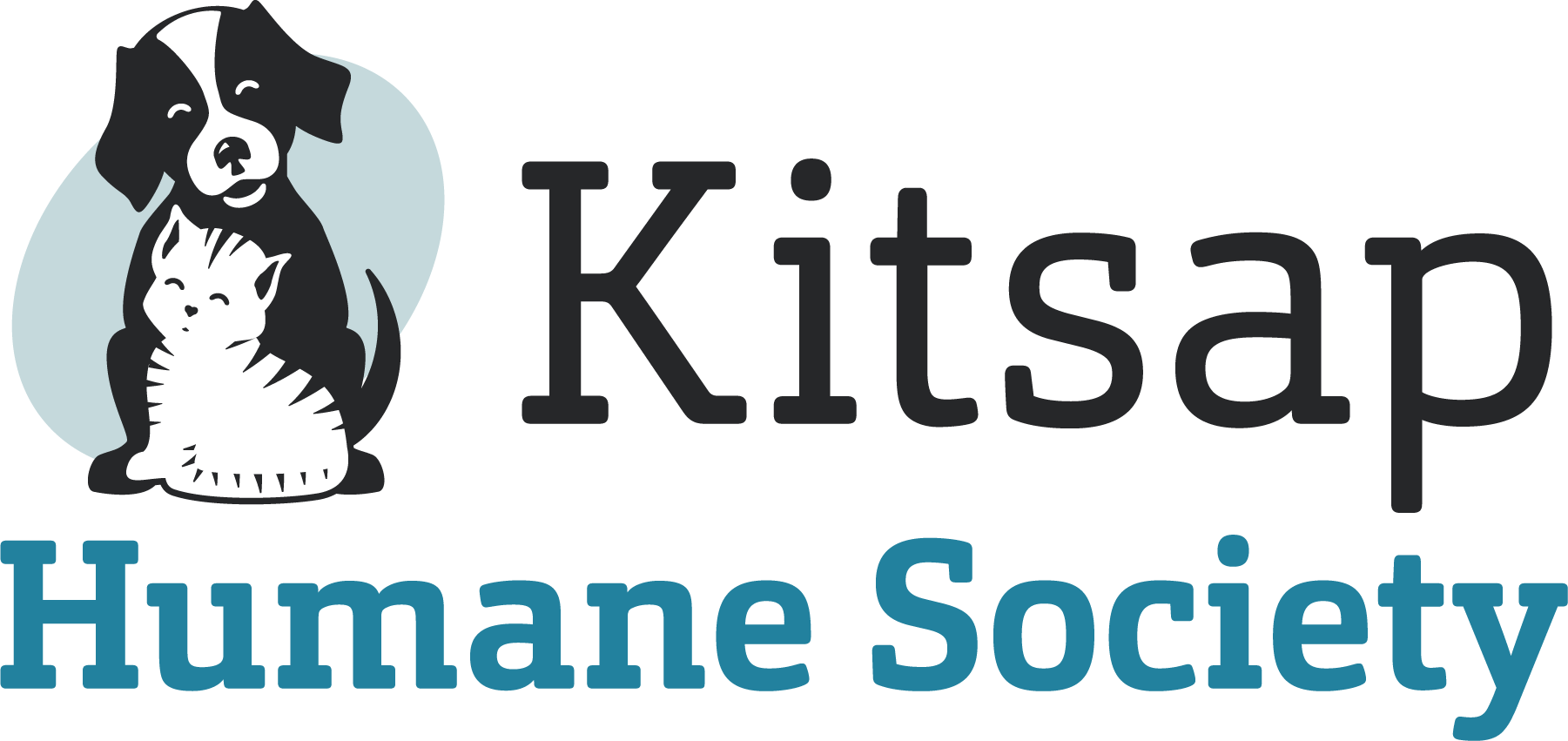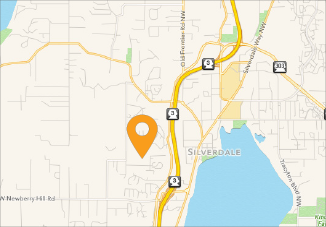A Community Cats Success Story
March 2, 2015
Sometimes – after repeatedly dealing with uncooperative caretakers, disgruntled neighbors, sick or injured cats, and vague reports of feral colonies that cannot be located – Trap/Neuter/Return advocates and volunteers can begin to feel overwhelmed, disillusioned, and even discouraged. But then something happens that makes the time and effort all worthwhile, and reminds us why we do what we do. For months, I had been hearing many vague reports and complaints of stray and feral cats in a densely populated area of Port Orchard, and had been attempting to locate the colony (or colonies) that I knew must be somewhere there. I sent letters to apartment managers, posted yard signs on street corners, distributed flyers to every apartment complex and local business, knocked on doors looking for people who knew of the cats, put out blasts on local Facebook group pages, and even took to stalking the occasional free-roaming cat I saw in the neighborhood hoping it would lead me to a colony. All to no avail. But finally, a break! The caretaker of a large free-roaming cat colony had spotted one of our flyers and called to see if we could help – and she was located directly in our target zone! Rachel (not her real name) was trying her hardest to care for the 25+ cats and kittens living under her house, and was overwhelmed. She had known there were a lot of cats coming to her feeding station, but had no idea just how many until a friend crawled under the house for her, and reported a “large pile of kittens” and adult cats as far as he could see into the dark recesses. Right on the heels of this discovery, Rachel heard of a verified outbreak of a highly contagious and often deadly virus (feline panleukopenia) nearby; she was frantic to protect the cats in her care. Unfortunately, she could barely afford the food to support the colony – there was no way she would be able to pay for the necessary distemper vaccinations. And she had no working transportation or traps/carriers to get them to a vet. Because Rachel was eligible for Kitsap Humane Society’s Port Orchard Community Cats program, grant money was available to provide traps and carriers, transportation to and from surgery appointments, and free spay/neuter and free rabies vaccinations for every cat in the colony. And while the grant did not cover the distemper vaccinations vital to protecting the colony from feline panleukopenia, the animal welfare and Port Orchard community stepped up to help. A charity donation to KHS helped to reduce the price of the vaccines by half, and then a GoFundMe campaign promoted on local Facebook groups raised enough to cover the remaining cost within just a few hours! After a wildly successful three-week TNR effort at Rachel’s home, every cat there now sports an ear-tip – and is inoculated against rabies, two common infectious respiratory viruses, and feline panleukopenia. Many of them received donated flea and ear mite treatments. A host of fertile females (some already pregnant and some in heat at the time of trapping) will no longer wear themselves out bearing litters of unwanted kittens. Many toms who showed signs of injury due to fighting will be calmer and healthier and less aggressive. Rachel’s colony is now stabilized, with both its health and population under control. This, I am reminded, is why we do what we do.



